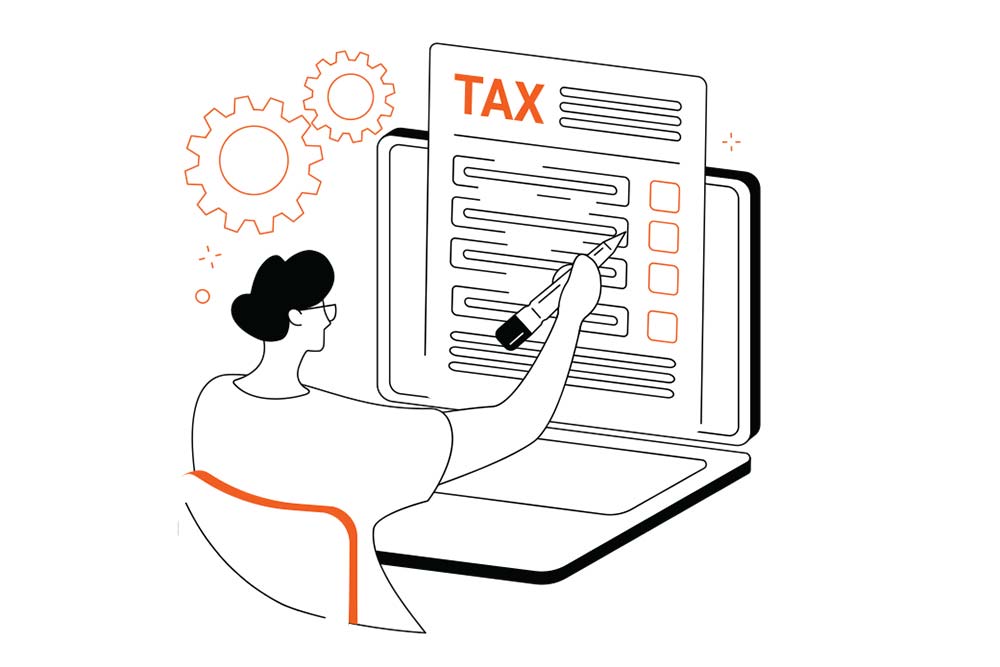The last date of filing income tax return (ITR) is round the corner. It’s important to file your ITR within the due date to avoid penalties and make the most of the tax benefits available to you.
Filing ITR is a crucial financial responsibility that every taxpayer must fulfil. It not only ensures compliance with the law but also provides an opportunity to assess your financial health and claim eligible tax benefits.
Here’s a step-by-step guide to help you streamline the process and ensure accuracy in your tax filing if you want to do it yourself. Remember to seek professional help if you have multiple income sources or other complexities that you may not be able to handle on your own.
Which ITR Form Is Meant For You?
Determine the correct ITR form that aligns with your income sources and category. The different ITR forms cater to various taxpayer profiles, such as salaried individuals, self-employed individuals and companies or businesses. Here are some commonly used ITR forms and the taxpayer category they are meant for:
- ITR-1 (SAHAJ): For individuals with income from salary, one house property, and other sources (except lottery or racehorses)
- ITR-2: For individuals and Hindu Undivided Families (HUFs) having income from various sources, including capital gains
- ITR-3: For individuals and HUFs having income from business or profession
- ITR-4 (SUGAM): For individuals, HUFs, and firms (other than LLP) with presumptive income from business or profession
Documents You Will Need
- Form 16 or salary certificates
- Bank statements of all savings accounts, fixed deposits, and other bank investments
- Investment proofs of all tax-saving investments, including Public Provident Fund (PPF), National Savings Certificate (NSC), equity-linked savings scheme (ELSS) and life insurance policies, among others
- Certificates or documents of income from other sources such as rental agreements or dividend statements
- Aadhaar and PAN card details. Ensure they are linked
Steps To File Your ITR online
Visit the income tax department’s e-filing portal (www.incometaxindiaefiling.gov.in) and register yourself if you are a first-time user. Otherwise, log in using your credentials
Select the appropriate ITR form (see Which ITR Form Is Meant For You?) and assessment year for filing your tax return. The current assessment year is AY2023-24
Fill in the required details accurately in the form, including personal information, income details, tax deductions you are eligible for, and advance tax payments
Verify the information provided and calculate the tax payable or refundable using the built-in tax calculator on the e-filing website
Upload any supporting documents, such as Form 16, investment proofs, and rent agreements (see Documents You Will Need), if required
Review the filled form and submit it electronically. You will receive an acknowledgment in the form of an ITR-V (Income Tax Return Verification) via email
Take a print-out of ITR-V and sign it. Send the signed copy to the Centralized Processing Center (CPC) within 120 days of e-filing your tax return










